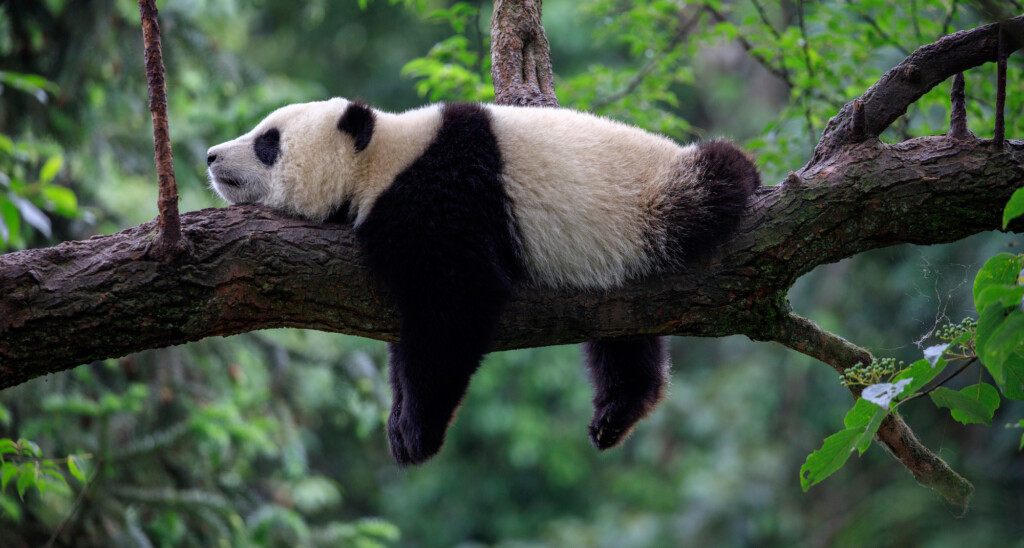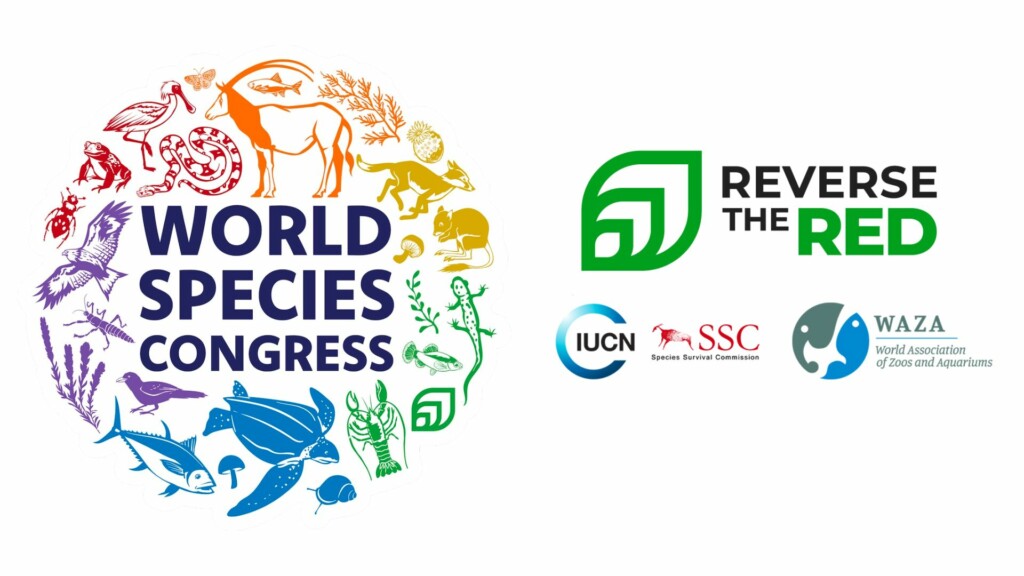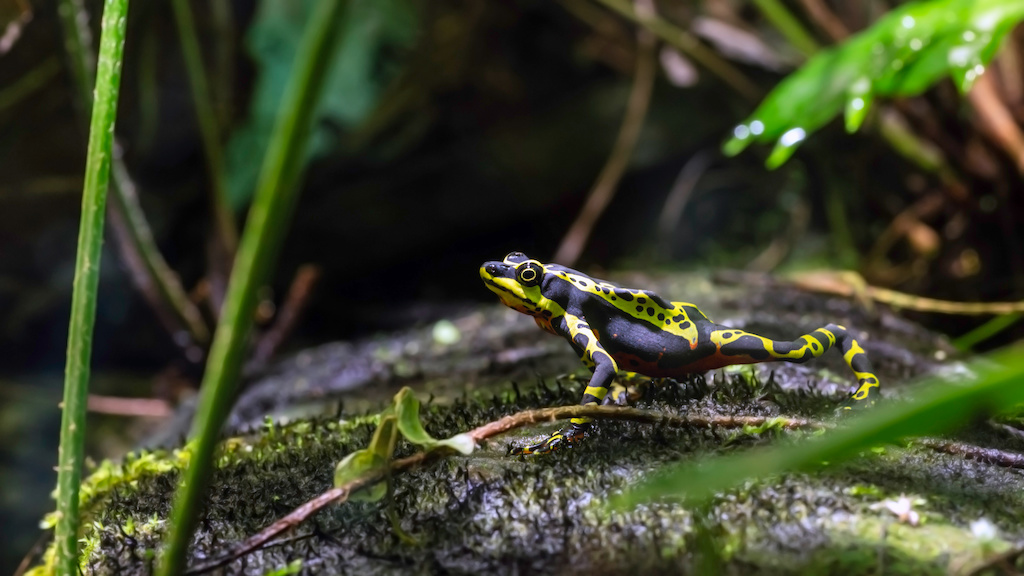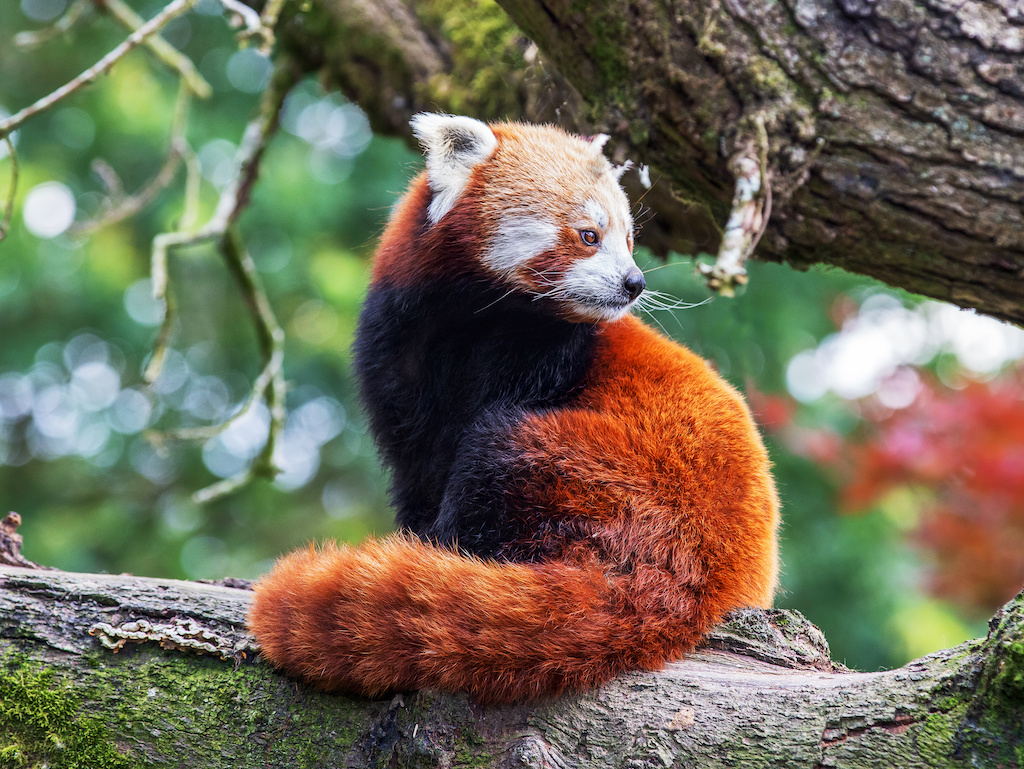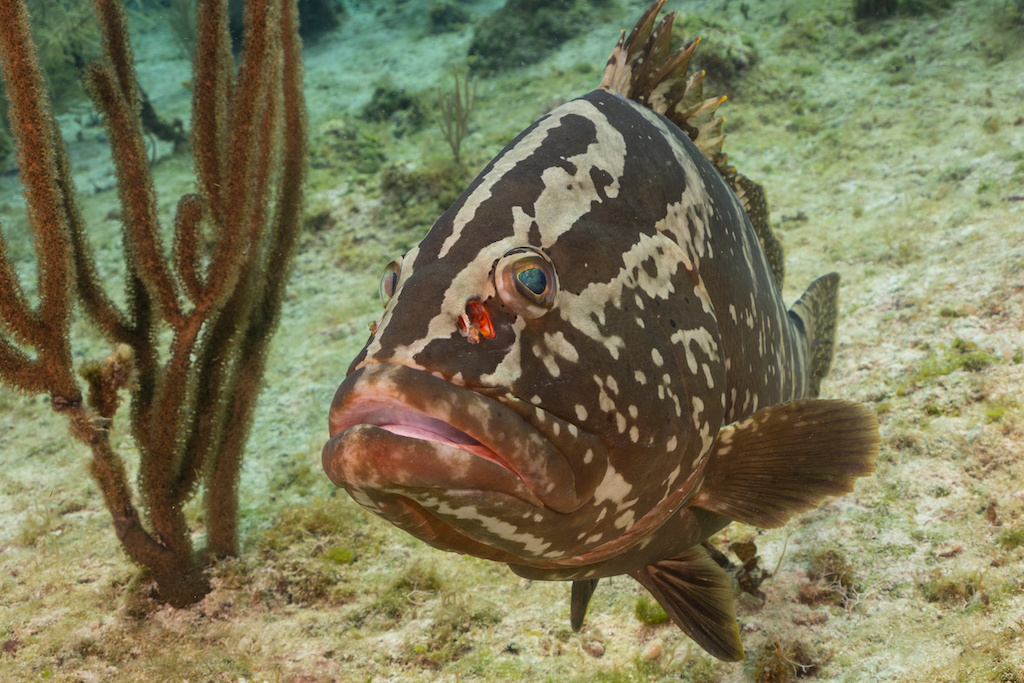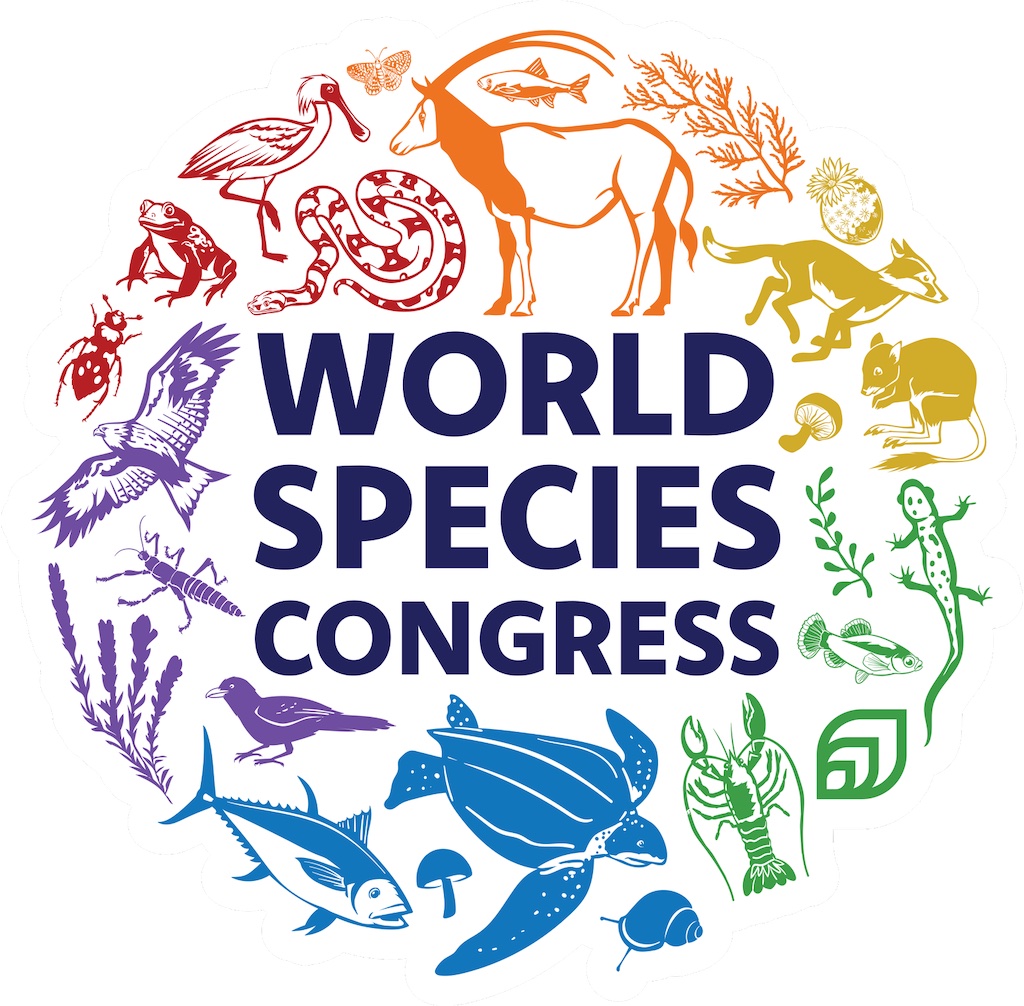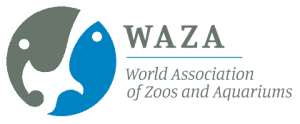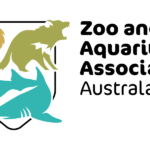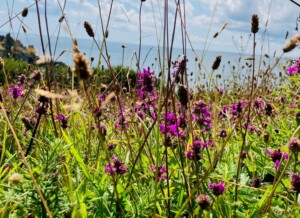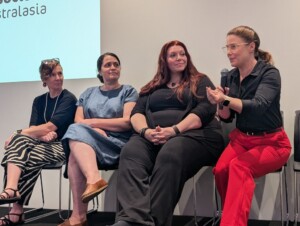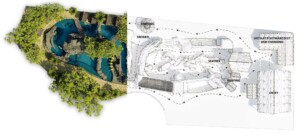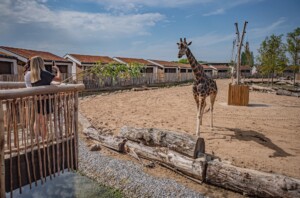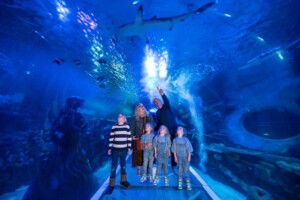In the realm of biodiversity conservation, the urgency of halting species declines and reversing the trajectory of endangered wildlife has never been more pronounced. At the forefront of this critical mission stands Reverse the Red, a global coalition committed to accelerating and amplifying successful species recovery strategies.
In an interview with Michael Clifford, Reverse the Red’s strategy director, we delve into the organisation’s core mission and the upcoming World Species Congress, a groundbreaking event poised to drive global collaboration in species recovery efforts. We also speak to David Field, vice president of the World Association of Zoos and Aquariums and co-chair of the Reverse the Red executive committee.
The first-ever World Species Congress, an entirely virtual 24-hour event on 15 May 2024, calls for 100,000 commitments and activities supporting species protection.
During the 2008 World Conservation Congress in Barcelona, Resolution 4.019 was passed by IUCN Members, suggesting the creation of a World Species Congress. This resolution addressed the need for an inclusive, interdisciplinary, scientifically grounded conference to evaluate the state of species today and define the future course of species conservation. The World Species Congress will act as a forum for cooperation to improve conservation efforts.
For more information and to sign up, please click here.
Empowering global coordination: the role of Reverse the Red
Reverse the Red plays a crucial role in the fight against species extinction.
Clifford explains that the coalition’s primary goal is to transform the trajectory of threatened species on the Red List of Threatened Species through strategic collaboration and data-driven interventions. He outlines the imperative to coordinate efforts and fill critical gaps in species recovery strategies worldwide.
Reverse the Red aims to stop biodiversity decline and preserve wild species and ecosystems by energising collaboration and action. It is a strategic project that unites a diverse coalition of top scientists, governments, and partners dedicated to assessing, planning, and acting for species conservation using a data-driven and science-based approach.
Fostering strategic action
The Species Pledge is central to Reverse the Red’s mission. This initiative aims to foster a comprehensive understanding of species recovery efforts on a global scale.
“The Species Pledge is important for two reasons,” explains Field. “Firstly, a very practical reason is to understand the incredible work already going on and what is planned in the future so that it is possible to better coordinate actions and find gaps where attention is needed.
“Secondly, there is the social contract that a pledge delivers. When we make a promise or a pledge, we have a goal and ambition that we can strive for. Perhaps these public pledges make us all go that extra step, which is so urgently and desperately needed at this time.”
“The Species Pledge is a way for us to better understand who is doing what in what countries for what species,” says Clifford. “As simple as that sounds, we don’t have that information collected anywhere globally. There are thousands of organisations doing good work to help recover species. Still, there’s an opportunity to coordinate how we can complement each other’s skills and abilities and where there are gaps in certain countries or species.
“As we get a better understanding of who’s working on what strategic actions, in what countries, and on what species, the inverse data is what threatened species nobody’s working on are and where we need focused strategic effort to at least halt extinctions and ideally reverse the declines of those species.”
The Global Species Action Plan
This work is tied in with the Global Species Action Plan, which outlines seven strategic actions for working collaboratively to achieve species recovery and reverse declines.
“As part of the Pledge, we’re asking organisations and groups to identify which strategic actions they participate in. For example, suppose you have a particular threatened cat species and a couple of organisations doing the wild assessments and the planning work. In that case, they may have determined that we will need another 200 animals to release. So, if there’s a gap, we can find organisations with the right breeding programme skills to plug that hole. We can then work collaboratively on that project.
“One of the other actions is human-wildlife conflict and coexistence. So, once you re-establish a cat population, who will ensure that the cats aren’t accidentally wreaking havoc on agricultural animals or intentionally taken out of the wild?
“The idea is that we can work better if we all understand our roles.”
By identifying organisations’ strategic actions and pinpointing areas of intervention, the Pledge serves as a catalyst for targeted collaboration and resource allocation. This will ultimately drive tangible outcomes in species recovery.
The World Species Congress
The eagerly anticipated World Species Congress, a culmination of years of planning and dedication, emerges as a platform for galvanising global action in species recovery. With presentations from 200 speakers representing more than 60 countries, the Congress promises to showcase success stories, innovative strategies, and actionable insights in species conservation.
“The goal of the Congress is to highlight the importance of species recovery work,” Clifford says, underscoring the imperative to shift the conservation paradigm towards proactive species management.
“The Congress is elevating the specific efforts people are making to prevent species from becoming extinct. There are success stories from botanical gardens, zoos, governments, NGOs, and species specialist groups.”
The common thread is how these strategies are successfully reversing species declines and how that success can then be replicated and amplified:
“We want to learn from where it’s working. Ultimately, we still have 44,000 plus species that are threatened. So, we have a lot of work to do, but we do know how to do it. We do have the strategies, and we know how to be successful. We have the technology and the tools; we need to do it faster and at a much larger scale.”
A global gathering: collaboration across borders
The other element of the World Species Congress is to enable critical connections:
“As participants watch and engage with the different topics and the stories they hear, they’ll have the opportunity to lean into those techniques, tactics, and strategies physically. They can sign up for webinars, download toolkits, and get access to people who’ve done these things before. Again, the idea is that if we can learn from each other, between sectors, we can do this faster and with better impact.”
With registrations spanning over 180 countries, the World Species Congress embodies the spirit of global collaboration and inclusivity. From government agencies and NGOs to botanical gardens and academic institutions, attendees represent diverse stakeholders united by a common goal: to drive tangible progress in species recovery efforts.
Clifford emphasises the importance of leveraging this global diversity, stating, “We must hear from each other,” underscoring the power of cross-sectoral collaboration in addressing the complex challenges of biodiversity conservation:
“There’s expertise everywhere. There are brilliant thinkers, amazing scientists, and conservationists all over the world. Both in the traditional conservation field and outside of it. We even have a series of innovation panels asking people who are not traditional conservationists to speak about how we should think about some of this stuff.
The organisers are particularly excited about the online event’s 24-hour format, he adds. This means that people from all time zones can get involved:
“Being fully virtual from an access standpoint is amazing. With traditional conferences, when you have to travel to them, it’s expensive and difficult, and it limits who’s there. There is no limit on who can participate in the World Species Congress, and it’s all been funded and subsidised.”
The team also plans to offer live translation in 10 languages.
Agenda highlights
Clifford sets out some of the key elements of the agenda:
“I’m super excited about the programme. Because it’s entirely virtual, we want to keep it pretty dynamic. You’ll have everything from tight three- to four-minute presentations on how people have recovered a species to interviews, robust discussion panels, live presentations, field visits, and more.”
Speaking about one highlight, he adds:
“We have a series of what we’re calling the Global Species Action Plan panels. These are focused on each of the seven critical strategies to achieve this work. So, there’s a whole panel dedicated to how we can actually develop and achieve these systems at national, global, and various scales. I’m excited about that because I think it’s the tactical boots-on-the-ground work we need.”
“Regarding the innovation panels, there are also lots of exciting elements. One of the panels, for example, is focused on funding biodiversity. To have people taking part who are at the forefront of business and making decisions with massive budgets and massive strategies, to have a discussion and a dialogue that we get to listen to and hear what they are thinking about will be interesting. How are they asking questions, and how are they seeing the future of economics and biodiversity all linked?
“Each innovation panel focuses on a topic that we may not think about every day, but that heavily influences our work and decisions.”
Encouraging innovation at the World Species Congress
The event is open to any group or person who is committed to seeing species recovered:
“Those attending can hear from and connect with government agencies, botanical gardens, aquariums and zoos, specialist conservation groups, and university teams worldwide. So many different people are involved in this, which is one of the strengths. As we’ve designed the Congress, we have intentionally not said, ‘We’re going to talk about trees for an hour, and then we’re going to talk about primates for an hour,’ because we need to be talking to each other.”
“Often, even within species conservation, it gets siloed into specific taxa, types, or sectors. Natural history museums aren’t necessarily talking to academics or vice versa. We’ve mashed it all together on purpose. So, even if somebody’s interested in tree biodiversity, they may hear a talk about trees, but then the very next talk might be about human-wildlife conflict, coexistence, and anti-poaching challenges.
“The strength of something like this is when we let ideas collide; that’s where innovation happens. So that’s what we’re trying to do. There’s all this wealth of knowledge, all this positive opportunity and success. Let’s mash it all together, throw it out into space, let it stir up and see what kicks out on the other side.”
The benefits of attending the World Species Congress
Clifford encourages anyone interested to sign up for the World Species Congress:
“There should be zero barriers, besides hopefully a stable internet connection. The benefits of registering are, firstly, to have that major dose of inspiration and hope around this work and its possibilities. For anybody working in this sector, it’s hard. We’re often swimming upstream. So, having a moment where we celebrate what’s working is huge.
“The second is about identifying successful strategies that we can replicate. Whether you’re in a government agency, working with an NGO, a specialist group, a zoo, or more, you will hear all of these varieties of strategies that you can adopt pieces and parts of. By registering on the platform, you can access all of those follow-up tools and the webinars on demand, in addition to the 24-hour live stream. That’s all-open access. We want to give people as many practical tools as possible.”
Finally, there is also the opportunity to connect:
“People have already registered and planned to participate from over 180 countries. That’s an amazing wealth of brilliance that you get to tap into to enhance and advance your own conservation strategies.”
Field adds:
“Our biodiversity is a global asset and needs the world to come together to protect, value and indeed love it! This first-ever World Species Congress will highlight the many challenges that we face. But it will also celebrate the incredible work and the amazing people, communities and organisations that are working for nature and making that crucial difference.
“For those attending, I hope and am sure they will come away with knowledge, ideas, and, above all, inspiration so that we can turn the tide, make a difference, and save species.”
Reversing the red is possible
As the World Species Congress unfolds, it promises to ignite a new era of coordinated action and transformative change, paving the way for a future where endangered species thrive and biodiversity flourishes.
Field has previously stated: “Reversing declines for threatened species and recovering biodiversity is possible”.
Speaking about how global events such as this can help to turn the tide, he says:
“The challenge that nature faces is daunting, but hearing and seeing the remarkable account of success in saving species across the globe gives incredible hope or evidence that change is happening. Conservation works, so we just need to do more of it! Having such strong government representation at this Congress is encouraging so that key stakeholders can see that Society is demanding that the protection of global diversity becomes a global priority.”
A major opportunity
“We can achieve the goal of reversing the red,” agrees Clifford. “It’s one of the things I love about our name, Reverse the Red; that is the outcome we’re after. We want to reverse the trends of the Red List, and everybody has a role.
“All across the globe, a lot of good work is being done. But it happens in silos, even with the Species Pledge. One of the things that we are asking is, ‘Does your work, your metrics, and your data connect to your national government? Ultimately, 196 national governments agreed to hit these biodiversity targets. But if they don’t know who’s working on what or what success those people are having, it can’t funnel up, data won’t translate, and governments don’t know how they’re doing.
“There’s this major opportunity for us to be more strategic, to be clear about our outcomes and how those outcomes are tied to reversing declines, halting extinctions and recovering species. That is one of my biggest invitations to anybody working on species conservation. Have clear outcomes that you can directly tie to halting recovering species and reversing declines.”
In conclusion, Clifford says:
“We can do this. We have the science, the tools, the strategies, the know-how, and the collaboration to do this. The willpower is there. Now, we need to move with coordinated strategic action, and we will get this done. It will change the trajectory of species on the planet.”
To sign up for the World Species Congress, please click here.
